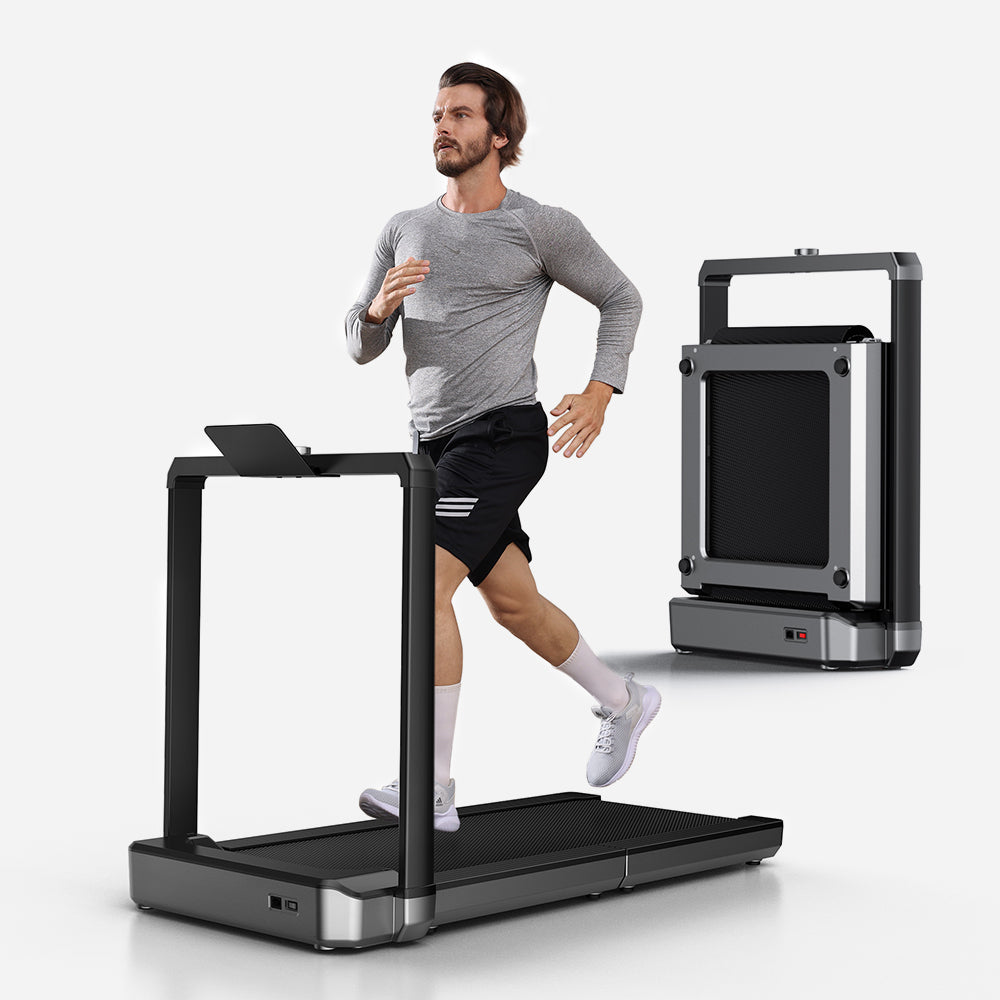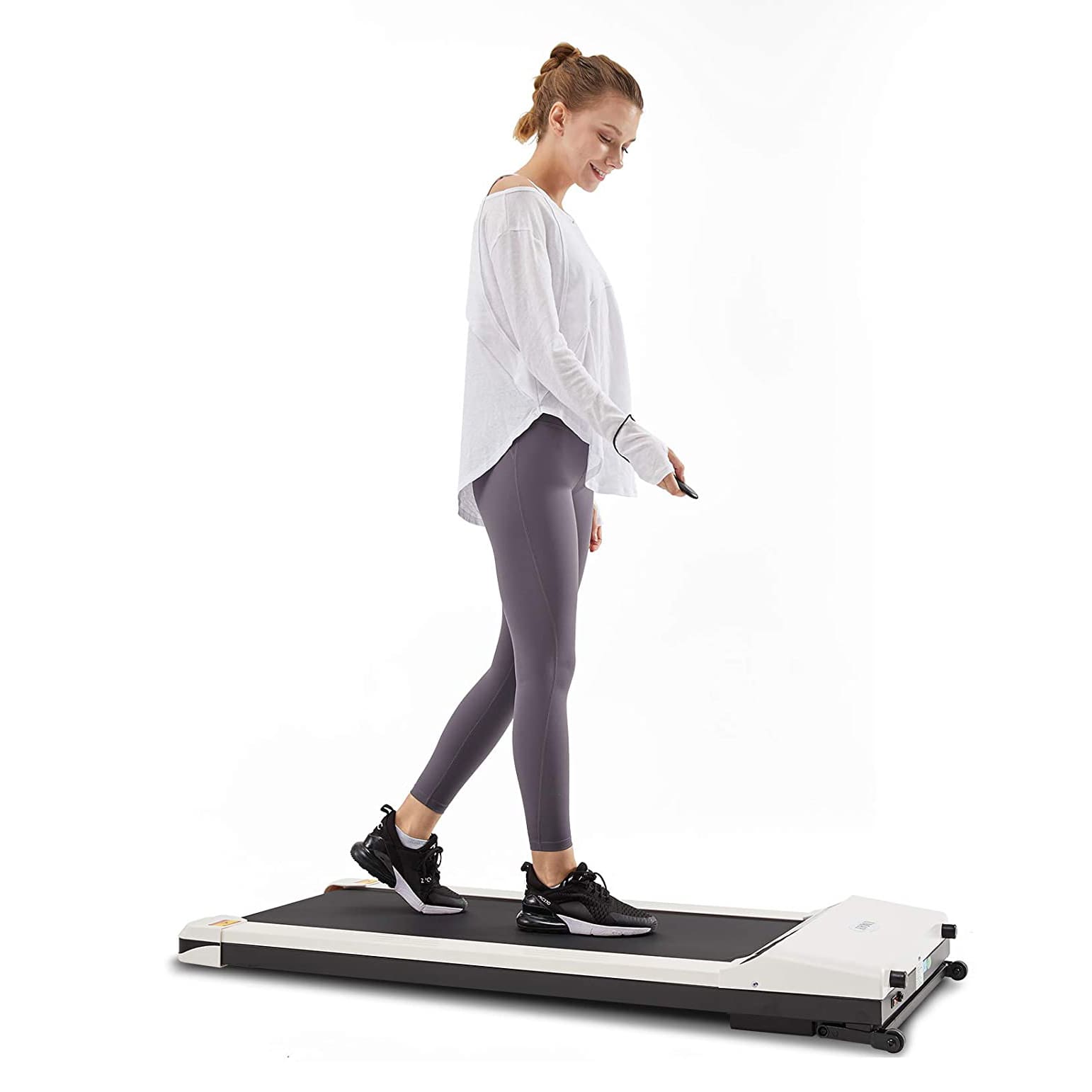
Walking Pads
Overview
-
Sectors Telecommunications
-
Posted Jobs 0
Company Description
The Smart Way to Walk Indoors Without a Bulky Machine
The Smart Way to Walk Indoors Without a Bulky Machine

You can turn any home into an effective walking track by connecting rooms and hallways into strategic circuits. Create figure-eight patterns. Space-saving gym gear between spaces, incorporate directional changes, and maintain three feet of clearance around obstacles. Use your smartphone to track steps and time while focusing on proper posture: shoulders back, core engaged, eyes forward. Start with five-minute segments, then gradually extend your sessions to build a sustainable indoor walking routine (Shop with Top Treadmills Reviews). This guide will show you how to maximize your indoor walking potential
Key Takeaways
- Create indoor walking circuits by connecting multiple rooms and hallways to establish a varied, continuous path for exercise.
- Use music playlists matched to your walking pace to maintain consistent rhythm and motivation during indoor walks.
- Track progress with smartphone apps or fitness trackers while walking defined routes through your living space.

- Incorporate stair climbing and directional changes to increase intensity without requiring additional equipment.
- Maintain proper form with shoulders back and core engaged while following safe, obstacle-free walking paths.
Creative Indoor Walking Routes Around Your Home
During cold or inclement weather, you can establish several walking circuits throughout your home by connecting rooms and hallways in a continuous path. Create figure-eight patterns between your living room and kitchen, or develop room loops that take you through adjacent spaces in a systematic way. Focus on creative pathfinding by incorporating both clockwise and counterclockwise rotations.

Map out routes that avoid obstacles and maintain safe clearance from furniture edges. You’ll want at least three feet of walking space to prevent accidental contact with walls or fixtures. Consider adding gentle direction changes and controlled pivots at corners to enhance balance and coordination. If your space allows, include stairs in your indoor walking routine – Buy Treadmills, always maintaining contact with handrails for stability
Making Indoor Walking More Engaging and Effective

Three simple techniques can transform your indoor walking from mundane to motivating. First, create walking playlists that match your target pace – slower songs for warm-ups, upbeat tracks for peak walking intervals. Second, establish indoor challenges by timing your circuits and gradually increasing your speed or adding stair climbs when safe. Third, vary your arm movements – Buying guide for walking pads to boost calorie burn: swing naturally at slower speeds, add controlled punches at moderate paces, and incorporate overhead reaches during rest periods
Remember to maintain proper posture throughout these variations – shoulders back, core engaged, and eyes forward – Discover walking pads at Top Treadmills Reviews. You’ll want to start with five-minute segments until you’ve mastered each new movement pattern. As you build confidence, extend your walking sessions while keeping your form precise and controlled
Tips to Track and Measure Your Indoor Walking Progress

While tracking indoor walking might seem challenging without a dedicated machine, several effective methods can measure your progress. You can count your steps using a smartphone app or fitness tracker, which will automatically calculate your distance and speed. For precise progress tracking, mark your starting and ending times to monitor duration improvements.
To measure distance (Space Saver Treadmill) without technology, count your laps around a room or hallway after measuring its perimeter. You’ll want to maintain consistent walking paths to guarantee accurate distance measurement from session to session. Document your daily stats in a fitness journal or smartphone app, including total steps, distance covered, and walking time. Track your perceived exertion levels and note any improvements in your endurance or walking speed over time
Frequently Asked Questions

What Shoes Are Best for Indoor Walking on Different Home Surfaces?
Choose lightweight shoes with breathable materials and non-marking rubber soles that provide proper surface traction. You’ll want flexible support for both hard floors and carpets during your indoor walks.
Can Indoor Walking Damage Floors or Carpets Over Time?
You’ll minimize floor protection concerns and carpet wear by rotating your walking routes and using proper athletic shoes with non-marking soles – Top 10 space saver treadmills. Keep high-traffic areas protected with washable runners or mats
How Much Space Do I Need as a Minimum for Indoor Walking?
You’ll need a minimum 6×6 foot clear space for basic walking in place, but you can optimize smaller areas by using marching steps and controlled movements within your space’s limitations. (Compare treadmills on Top Treadmills Reviews)
Is Indoor Walking as Effective for Weight Loss as Outdoor Walking?
You’ll burn similar calories with indoor or outdoor walking when maintaining the same pace and intensity – Treadmills for small spaces. Indoor walking benefits include climate control, safety, and convenient options to adjust your workout intensity
What’s the Ideal Temperature Setting for Indoor Walking Workouts at Home?
You’ll want to keep your indoor walking space between 68-72°F, with proper humidity control around 40-60% – Compact treadmills that save space – Walking pads for small apartments. Use fans for air circulation to prevent overheating during your workout sessions

Conclusion
You might think walking indoors is boring, but with these strategic routes and tracking methods, you’ll turn your home into an effective fitness space. By varying your paths, maintaining proper form – Compact running machines, and monitoring your progress, you’re creating a sustainable indoor walking practice that doesn’t require expensive equipment. Keep your core engaged, shoulders back, and remember: each lap around your living space brings you closer to your movement goals
